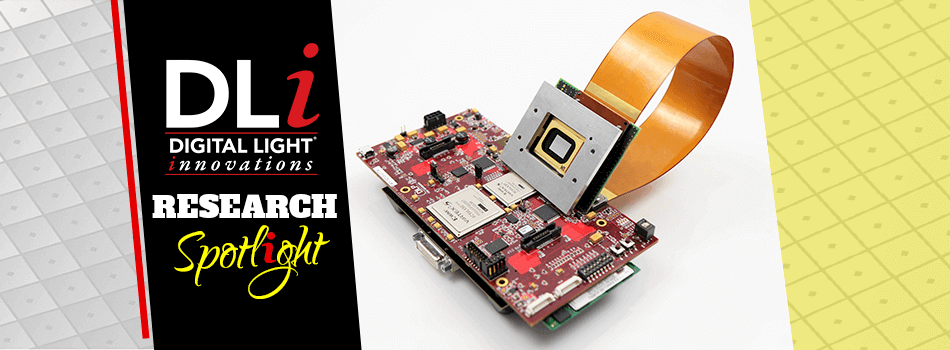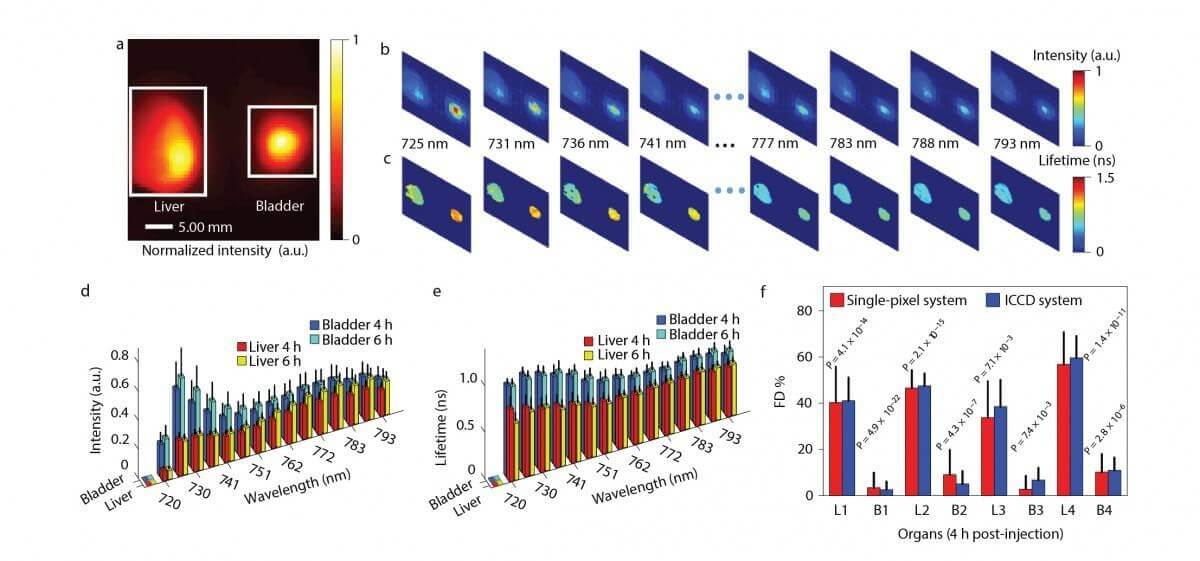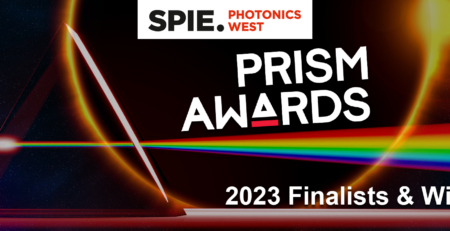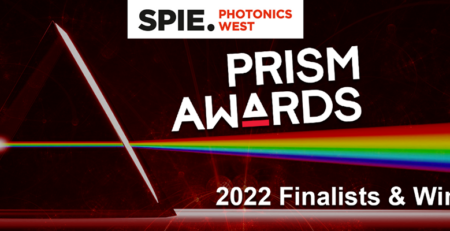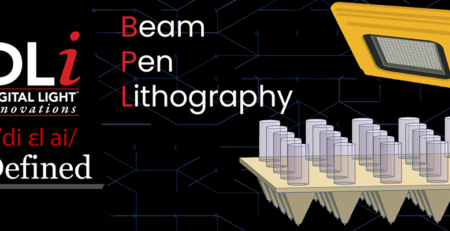RPI Utilizes the DLi4110 to Create a New Optical Bio-Imaging System
Joel Coffman2023-10-26T17:20:39+00:00Optical molecular imaging has become a central tool in numerous biomedical fields with an ever-increasing impact on clinical practices like medical diagnosis and guided surgery. Recently there has been an especially strong drive to implement hyperspectral imaging and lifetime sensing methodologies due to the unique and vital information these methods can provide. Unfortunately, getting measurements from systems that can simultaneously perform hyperspectral and lifetime imaging over large fields of view – something that’s often required in clinical and preclinical applications – can not only be incredibly complex and expensive, but can take a very long time.
Using DLP technology, a research group from the Functional & Molecular Optical Imaging Laboratory at Rensselaer Polytechnic Institute (RPI) successfully developed a fast, economical optical bio-imaging technique that has never been seen before. The DLi4110 Development Kits, featuring DVI streaming video, helped make up a platform that acquires fluorescence signals with picosecond resolution simultaneously at 16 wavelengths, over a macroscopic region of interest (just a few cm2). To enable these fast and cost-efficient performances, the system leverages compressive sensing concepts via structured-light illumination and hyperspectral, single-pixel detection. Check out the image gallery below for a diagram of this incredible system from the RPI team, led by Dr. Xavier Intes.
Technically, the system makes use of DLi4110 Development Kits, featuring DVI streaming video, to generate complex illumination bases over the biological sample and to collect the emitted fluorescence via single-pixel detection coupled to a time-resolved spectrophotometer.
The RPI team demonstrated their system by monitoring intracellular drug delivery in live animals. Beyond demonstration for in vivo imaging, the system is also capable of performing hyperspectral 3D imaging based on optical tomography principles. To this end, RPI’s group has contributed to the development of publicly available Monte Carlo-based computational tools that enable the modeling of structured light strategies both on the illumination and detection sides. The combination of this accurate forward model with advanced inverse solvers enables the retrieval of the 3D biodistribution of fluorophores with unmixing based on lifetime contrast. Overall, these instrumental and theoretical developments are well-suited to facilitate biomedical applications that leverage lifetime sensing from pathology detection/diagnosis to optically guided-therapies like precision medicine and optically-guided surgery.
Click the Read More button for the full paper, “Compressive hyperspectral time-resolved wide-field fluorescence lifetime imaging” at Nature.com.
